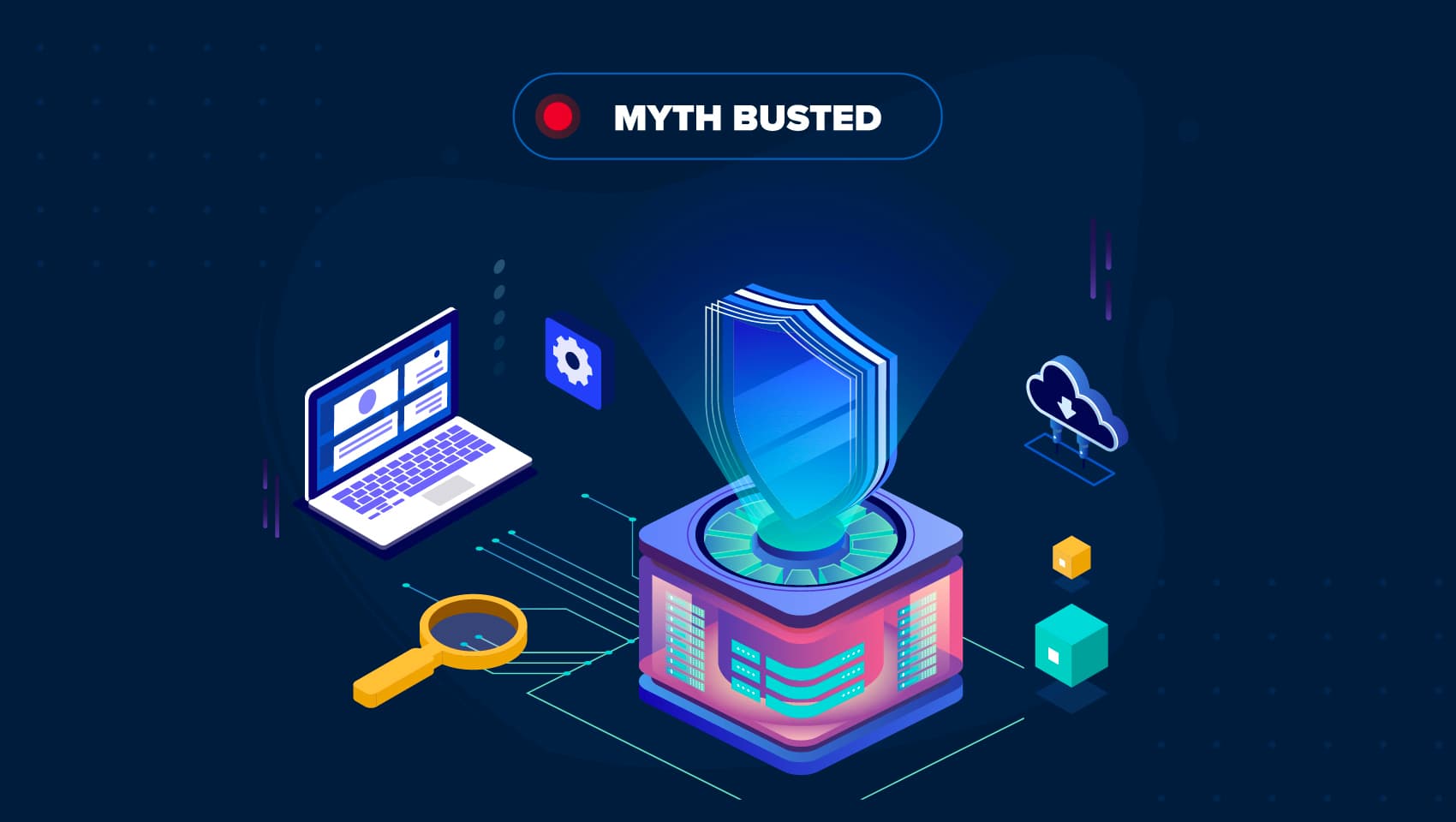
SOAR, or security automation, orchestration, and response, is an emerging cybersecurity solution that enhances a team’s ability to be more efficient, have greater visibility into threats, and it also includes methods for managing incidents. The incident management component, more commonly known as incident case management, is just one element of SOAR and has contributed to the amalgamation of its creation. It is, however, just a single cog in a larger machine, and at times underrepresents how powerful SOAR truly is.
To debunk the myth that IT ticketing tools and SOAR case management are the same, let’s first compare the differences between incident response and ticketing tools in terms of people, process, and technology.
For instance, some organizations use traditional ticketing tools with the added functionalities of custom workflows and collaboration systems to handle incident response. This doesn’t necessarily work because of a few fundamental challenges in the IT ticketing systems.
Incident Response: More Than SOAR Case Management or Workflow Management
The Need for Contextual Data
Incident response needs a lot of contextual data which includes an external threat perspective from outside of the organization. In combination with internal asset information and the user’s perspective, incident response platforms can provide a holistic view of the relevance of a threat to the organization. This varies from one organization to another due to contextual factors like industry/sector, geographical location, and many others. For example, if a particular ransomware attack is being performed specifically on organizations in the banking sector in the Europe region, then only organizations that meet that same criterion may need to place their incident/case on a higher alert.
Connecting Incident to Threats
Incident response platforms provide higher threat visibility to organizations. This is made possible because of the ability to conduct advanced threat correlation in these platforms. Here’s how:
Wholistic Security Strategy Mapping
Incident response helps map security control and control exceptions to the root cause analysis of the threat. This also improves the effectiveness and efficacy of tracking technology that results in a security incident. Overall, incident response platforms help map organizations to security strategies as a whole.
Connect the Dots
Threat response platforms like Cyware Fusion Threat Response (CFTR) help organizations connect the dots between assets, malware, threat actors, and indicators of a threat attack. In doing so, organizations can see the bigger picture. CFTR helps organizations draw contextual intelligence on complex threat campaigns, identify potential attacker trajectory, and establish hidden threat patterns by uncovering correlations between seemingly isolated threats and incidents.
Battle Rhythm within the Security Operations Center (SOC)
Incident response is a 24-hour job, which means that alerts need to be attended to all day, seven days a week. One of the benefits of an incident response platform is the ability to assess skill set availability, roster management, and queue management.
Incident response systems also help manage multiple related incidents/threats from a single dashboard by ingesting relevant threat intelligence, streamlining workflow automation, and accessing sophisticated campaign management to reduce noise, false alarms, and overall MTTR.
To sum it all up, organizations can no longer work in silos, and as a result, the industry is moving away from incident response to threat response. This is because there is a greater need to work together and collaborate, and incident case management systems alone are too limited to accomplish this goal. Simply managing an incident or case can be shortsighted, the entire threat needs to be understood and managed accordingly in order to properly defend and mitigate it.
Cyware Fusion Threat Response (CFTR) is a purpose-built platform that combines threat response, advanced orchestration, and automation that empowers SOC and IR teams to stay ahead of increasingly sophisticated cyber threats that target enterprise organizations.
For a closer look at SOAR, we recommend Gartner’s Market Guide for SOAR 2020. Access your complimentary copy here.
About the Author

